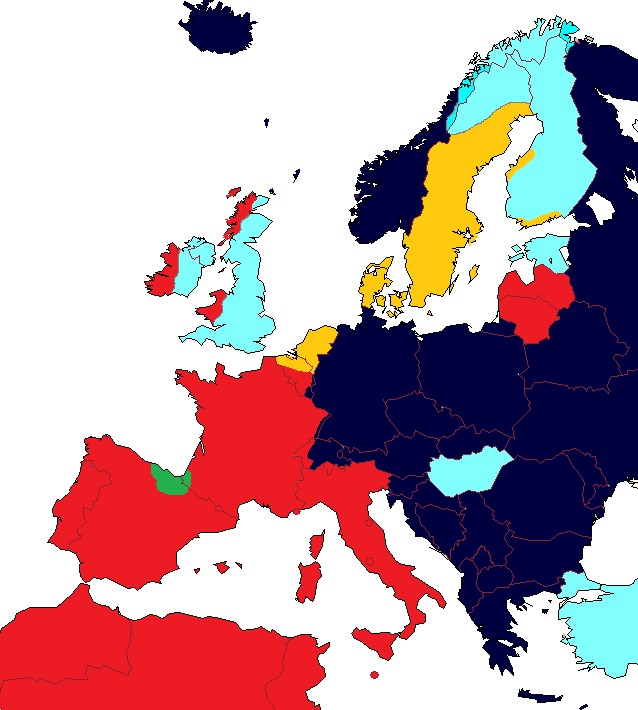Translation’s Gender Issues
Medical Pharmaceutical Translations • Dec 26, 2016 12:00:00 AM

Ah, to be a translator, living in two worlds simultaneously – two tongues, two thought processes, two cultures, two ways of seeing the world. That in and of itself seems like a mind-blowingly difficult job. But wait, there’s more! There’s gender in some of those worlds and it makes translation even harder!
You see, modern English has evolved to have natural gender, so there are a pesky few nouns and pronouns to deal with when speaking. He, she, it, god, goddess, duke and duchess are a few of the holdouts from days of yore. A short list to be sure, but what happens when dealing with the other worlds translators inhabit? When a table is no longer just a table and milk is either a he, she or it. For example, “milk” is masculine in Italian (il latte) and in Portuguese (o leite), but in Spanish it’s feminine (la leche) and in Polish, it is neuter (Mleko). The word “map” is masculine in Spanish (el mapa) while in Italian it is feminine (la mappa). And to make it all more confusing, the word for chair in Romanian, scaun, is neuter, meaning that the noun has a masculine form in singular, and a feminine form in plural. Un scaun is one chair (Masculine) and two chairs is Două scaune (feminine). Crazy, right? In the world of translation, gender issues can create challenges when trying to keep the textual meaning unchanged and sidestep causing any offense. Take a look at the map above. The countries shaded light blue have no gender system. Yellow is common/neuter. Green is animate/inanimate, red is masculine and feminine. Dark blue us masculine/feminine/neuter, and so on. No wonder gender issue can cause some problems for translators. Let’s look at three of them:
Grammatical gender like those nouns mentioned above can get particularly dicey in both directions. When translating from a language which uses gender-specific articles or pronouns such as the word “you” from where “you” refers to a boy or a girl within the context of the text, a translator must address the best way to render this in a language which does not use gender, such as English. The opposite is equally as difficult. When translating from English to a language that requires gender specific articles or pronouns, sun can be “el sol” in Spanish and girl becomes “la fille” in French. Easy enough. But when you mutter “I do” and there is no gender associated with the pronoun “I,” it may get confusing. “I” in many languages must be both gender specific and the verb form of “do” must be conjugated based on gender as well.
Sematic gender refers to the male and female as designated by biology. Seems simple, but that too can cause issues in translation. A cat in English is only addressed as “he” or “she” if the gender is known, otherwise, the cat is referred to as an “it”. Not many languages have this option. And to make it harder, some cultures are trying to do away with gender altogether replacing “she/she, him/her, his/her, his/hers, himself/herself with transgender pronouns such as “zie, zim, zir, zis, and zieself.” Whew.
Social Gender is biological gender based upon a noun and the society in which it is used. While humans have evolved and expanded their thinking—causing lines to blur when it comes to sex, gender, and roles—languages have not evolved at the same pace. For example, the English word “secretary” was once a position held by a male. In other cultures, the word “cook” or “maid” have distinctive gender assignments.
Deep historic and cultural roots create social-gender roles and are often highly stereotypical, but they are still important contextual issues when it comes to translation. Anytime a gender assignment is changed, cultures, context and ideology all come into play making the translation even more difficult.
Translators are like those plate spinners who balance many spinning plates on poles without them falling off. Only their plates are the languages, cultures and gender issues involved in translation. Two worlds, two languages, too many genders.
#aiatranslations #genderissues #genderissuesintranslation #translations
